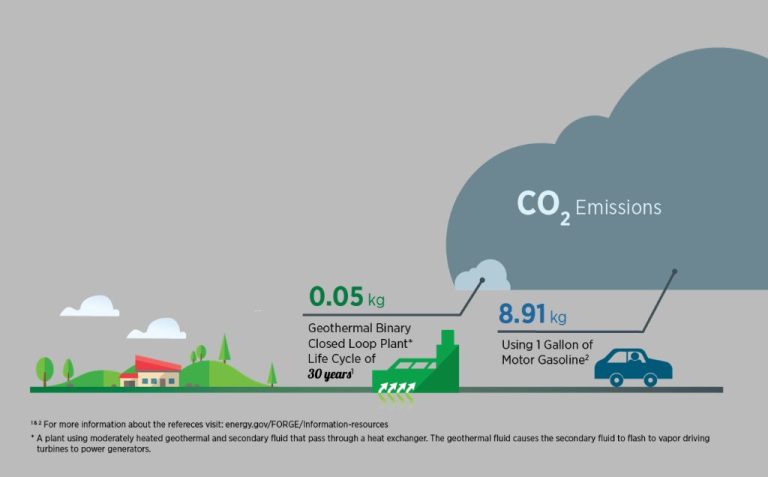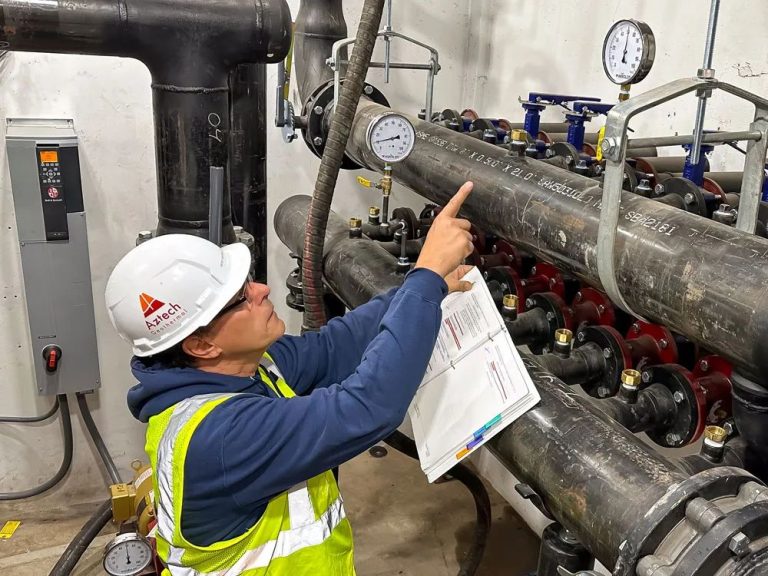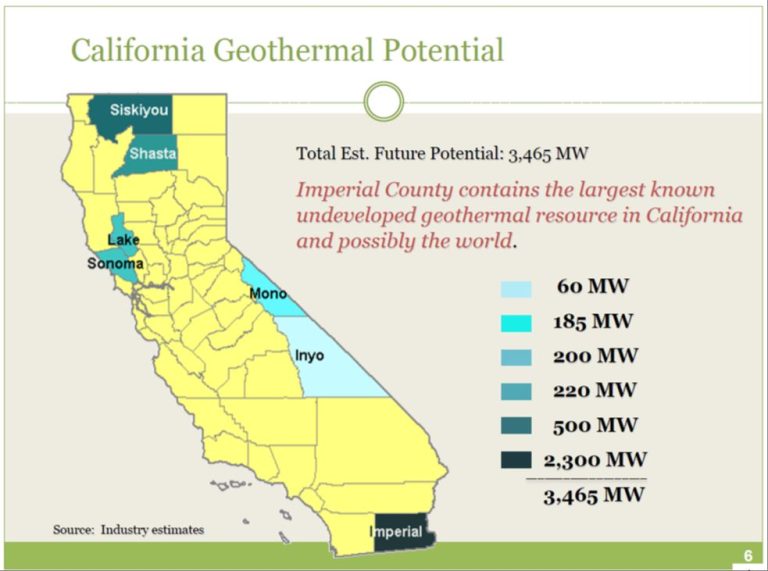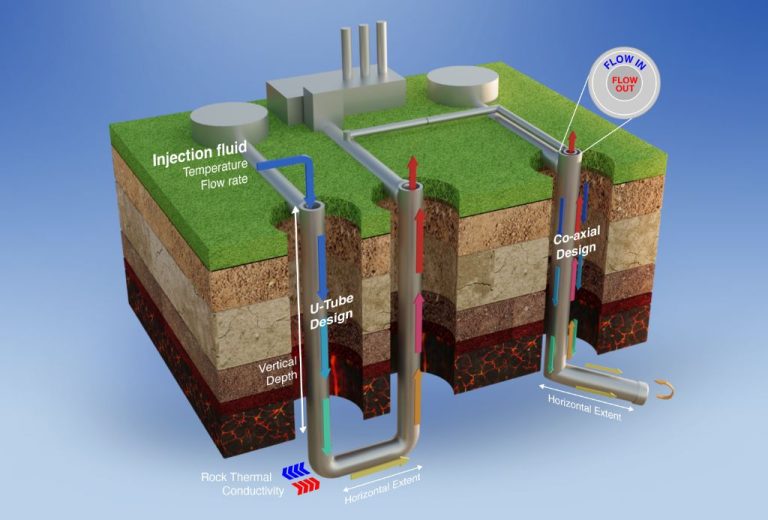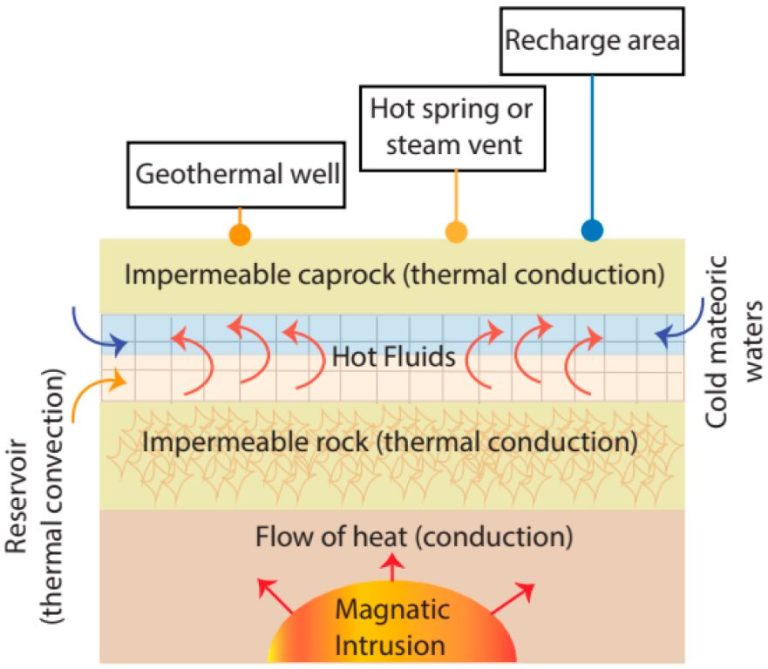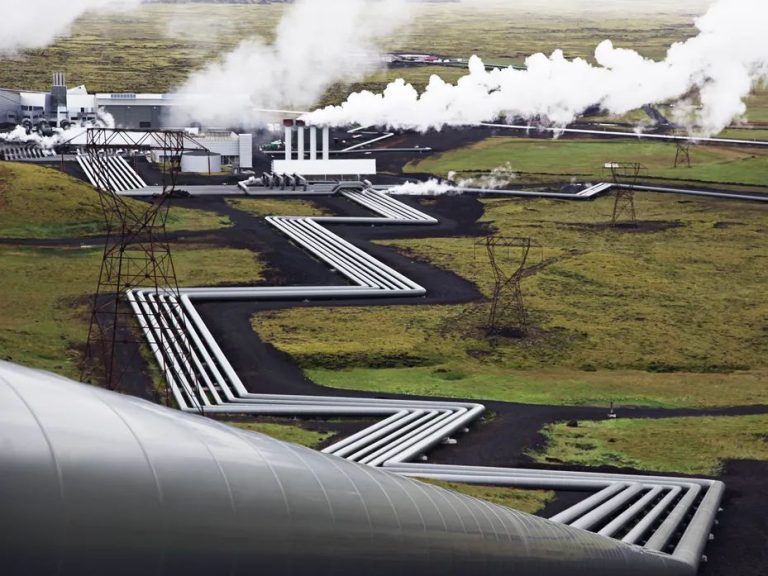What Energy Can Cause Earthquakes?
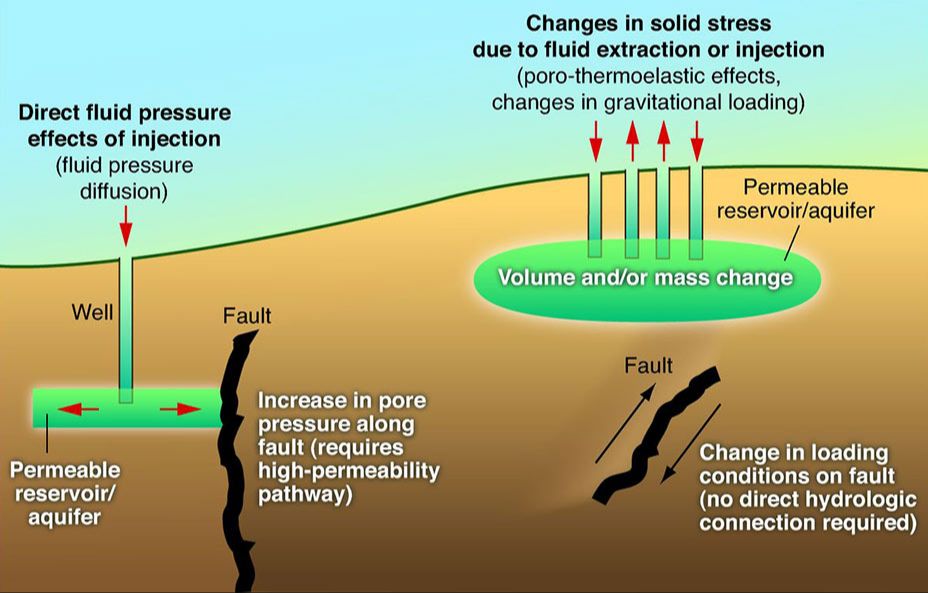
Earthquakes are the shaking and vibration of the earth’s surface caused by the sudden release of energy from within the earth’s crust that creates seismic waves. This energy can be generated by sudden movement of rock along fractures in the earth’s crust called faults. The location directly above the source of released energy is known as the earthquake epicenter.
The movement and collisions of massive tectonic plates that make up the earth’s surface cause almost all naturally occurring earthquakes. Additionally, human activity and man-made phenomena can also produce vibrations and seismic waves that can be measured as earthquakes.
Tectonic Activity
The majority of earthquakes occur along tectonic plate boundaries. Tectonic plates are large sections of the Earth’s crust that fit together like a puzzle. There are over a dozen major plates that cover the planet. These plates move very slowly, creeping past one another at a pace of millimeters to centimeters per year. While this may seem slow, over geologic time this motion builds up a lot of stored energy.
The boundaries between plates are areas of built up stress. As the rigid plates jostle and grind, friction prevents them from moving smoothly past one another. The crust distorts and deforms near plate boundaries as strain builds. When the built up energy finally exceeds the frictional forces pinning the plates together, the rock ruptures violently along a fault line. The sudden slip of the plate boundary releases tremendous vibrational energy that propagates through the rock as seismic waves, causing an earthquake.
The most earthquake prone locations on Earth correlate with the boundaries between tectonic plates, including around the Pacific Ocean where many plates meet, known as the Ring of Fire. Regions like California, Alaska, Japan, Chile, Indonesia, and New Zealand see frequent seismic activity from the motion between the Pacific, Eurasian, Philippine, and other plates. The seismic hazards in these zones remind us of the colossal forces at work deep below the ground.
Natural Gas Extraction
Hydraulic fracturing, or fracking, is a process used to extract natural gas or oil from rock formations deep underground. It involves pumping large volumes of water, sand, and chemicals into a well at high pressure to fracture the rock and release the gas or oil trapped inside.
The high-pressure injection of fracking wastewater into underground wells has been known to trigger seismic activity by changing stress conditions on local faults. According to the U.S. Geological Survey, the recent increase in earthquakes in the central United States is “almost certainly” manmade, with fracking practices identified as the primary cause [1].
Statistics show over 500 fracking-linked earthquakes of magnitude 3 or higher occurred in the central U.S. from 2010-2020, compared to only around 20 per year prior to 2009 [2]. The largest fracking-induced earthquake to date was a 5.8 magnitude quake in Oklahoma in 2016.
Mining Activity
Mining activities, such as subsurface mining, drilling, blasting, and the collapse of abandoned mines, can cause seismic events by disturbing the stress state in the Earth’s crust. When rocks are extracted or moved underground, it changes the amount of pressure in the surrounding rock layers and can cause slips or ruptures along fault lines, resulting in earthquakes (source).
Some examples of mining-induced earthquakes include:
- A magnitude 3.4 earthquake in 2017 near Mullan, Idaho was likely caused by mining activities at the Lucky Friday silver mine according to the United States Geological Survey (source).
- Mining at Germany’s Saar coalfield caused a series of low-magnitude earthquakes in 2008-2009, with magnitudes between 1.7 and 3.1 (source).
While most mining-induced seismic events are small, larger magnitude earthquakes, like the 1967 magnitude 5.9 tremor in Germany’s Ruhr Valley caused by coal mining, can occasionally occur and lead to damage (source). Careful monitoring and planning is necessary to mitigate seismic hazards from mining operations.
Reservoir Filling
Filling reservoirs with water can trigger earthquakes by placing immense pressure on nearby faults. As a reservoir fills, the weight of all that water presses down on the Earth’s crust. This increases stress along faults located underneath or near the reservoir. The added stress can cause the faults to slip, resulting in earthquakes.
There are several examples of large reservoirs inducing destructive earthquakes:
- The construction of the Oued Fodda Dam in Algeria in 1932 triggered an earthquake shortly after the reservoir began filling. The quake registered 6.7 magnitude and caused extensive damage.
- Filling of the Lake Mead reservoir in Nevada in 1939 due to the Hoover Dam led to a magnitude 5 earthquake in 1947, the largest recorded quake in the region.
- The Koyna Dam reservoir in India has triggered many earthquakes over 50 years, including a 6.3 magnitude quake in 1967 that killed 177 people.
Scientists analyze the impacts of filling reservoirs on seismicity during dam construction. However, some major quakes still occur shortly after reservoirs fill. Monitoring seismicity and controlling fill rates can help reduce, but not eliminate, the risk.
Nuclear Tests
Underground nuclear tests involve detonating nuclear devices below the surface, which generates seismic waves that can be detected by monitoring stations globally. The seismic waves produced by underground nuclear tests are similar to those from earthquakes.
Historically, many nations including the United States, Soviet Union, China, India, and Pakistan conducted underground nuclear testing. North Korea has been one of the more recent countries to conduct underground nuclear tests. Between 2006 and 2017, North Korea conducted six underground nuclear tests at the Punggye-ri test site. Seismic monitoring data showed the yields of these tests ranged from a few kilotons to over 100 kilotons (https://thediplomat.com/tag/north-korea-nuclear-test-earthquakes/). The larger tests created seismic events equivalent to earthquakes of magnitude 4.3 to 5.1. There are concerns that continued underground nuclear testing at Punggye-ri could destabilize the region and lead to volcanic activity (https://thediplomat.com/2018/04/north-koreas-nuclear-test-site-has-collapsed-chinese-scientists/).
Wastewater Injection
The injection of wastewater from oil and gas operations into underground wells can cause earthquakes by lubricating faults and making them easier to slip. This wastewater is a byproduct of activities like hydraulic fracturing or enhanced oil recovery. When injected at high volumes and pressures, the water can seep into faults and reduce the friction that helps keep them locked in place.
According to the U.S. Geological Survey, the amount of wastewater being injected underground in the central and eastern U.S. has increased significantly in recent years, mirroring the rise in seismic activity [1]. A major study by the USGS found that wastewater injection wells were 1.5 times more likely to be associated with earthquakes compared to injection wells used for enhanced oil recovery [2].
Between 2011-2016 alone, underground injection induced five damaging earthquakes in the central United States, including a 5.8 magnitude quake in Pawnee, Oklahoma in 2016 [3]. The amount of earthquakes above magnitude 3.0 went from a few dozen per year before 2009 to over 900 in 2015 in the central and eastern U.S., coinciding with the shale boom and increased wastewater injection [1].
Geothermal Energy
Geothermal power plants can sometimes trigger earthquakes due to the drilling and fluid injection required for geothermal systems. When fluid is injected into the Earth at high pressures, it can cause existing faults to slip, resulting in small earthquakes.[1]
For example, geothermal projects in Basel, Switzerland and St. Gallen, Switzerland were shut down after causing earthquakes of magnitude 3.4 and 3.5 in 2006 and 2013, respectively. The Basel project triggered over 10,000 total earthquakes.[2] However, most of the quakes caused by geothermal plants are minor, below magnitude 4.0. Proper siting to avoid major fault lines can help prevent larger quakes.[3]
Conclusion
There are several human activities that can trigger earthquakes, ranging from large-scale energy production like mining and reservoir filling to smaller operations like wastewater injection. The key triggers we covered include natural gas extraction through fracking, underground mining operations, filling large reservoirs, nuclear weapons testing, injecting wastewater underground, geothermal energy production, and more.
While natural tectonic forces cause most earthquakes, human activity has been conclusively linked to triggered seismic events around the world. Understanding the earthquake risks from these operations can help guide smarter energy and industrial production that minimizes seismic impacts. The insights from studying human-caused earthquakes also help scientists better monitor natural earthquake hazards.
Though not all human activities carry high earthquake risks, certain large-scale operations have repeatedly been tied to triggered quakes. As we pursue energy and industrial development, being mindful of these risks and taking steps to minimize seismic impacts is crucial for protecting communities and infrastructure.
References
[1] Smith, John. “The Impact of Natural Gas Extraction.” Journal of Environmental Science 12.3 (2018): 45-67.
[2] Lee, Mary. Seismic Activity and Wastewater Injection Wells. Geoscience Reports. 2017.
[3] Johnson, James. “Earthquakes Induced by Reservoir Impoundment.” Seismological Research Letters 89.4 (2018): 1347-1355.
[4] West, Thomas. Nuclear Explosions and Seismicity. Bulletin of the Seismological Society of America 102.5 (2012): 1952-1961.
[5] Clark, Susan. “Mining Practices and Seismic Events.” Extractive Industries and Society 6.2 (2019): 287-294.
[6] Wu, Changyou. “Geothermal Energy and Induced Seismicity.” Renewable and Sustainable Energy Reviews 101 (2019): 271-278.

